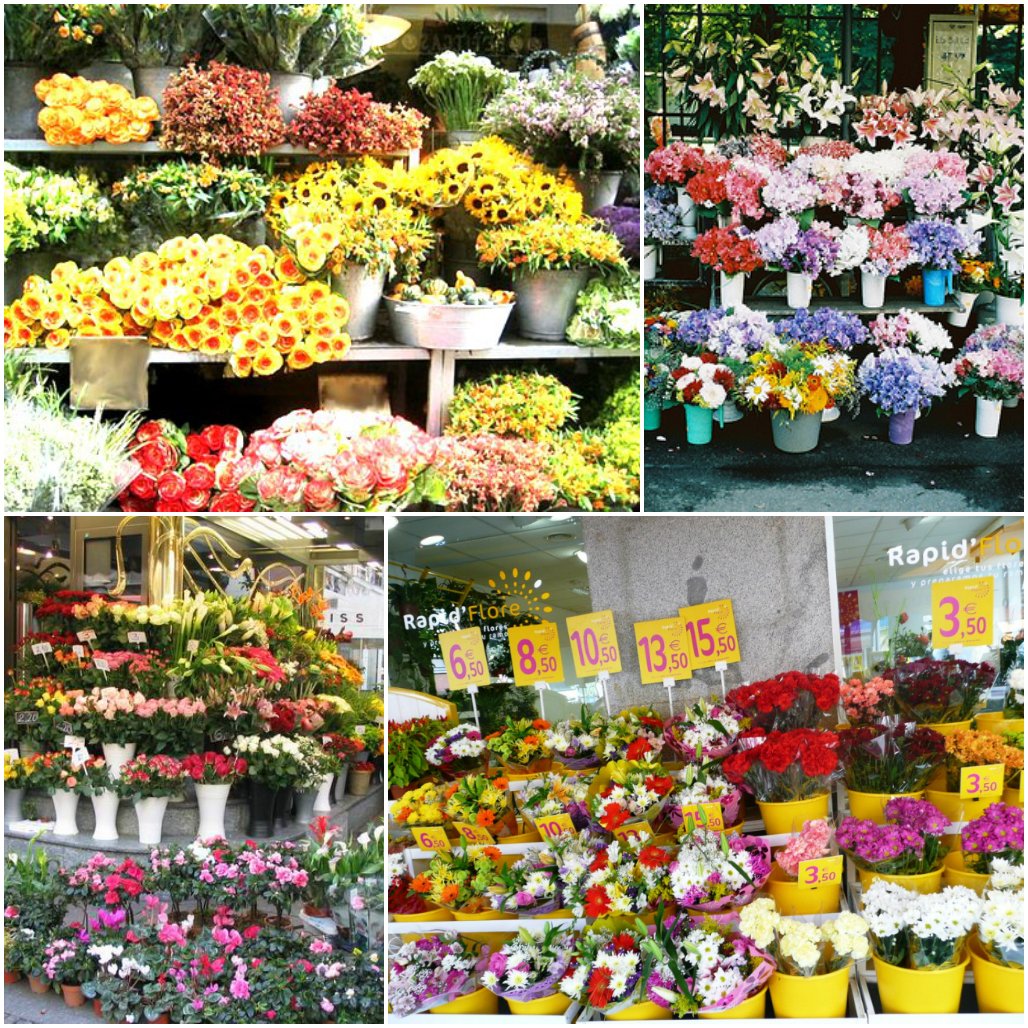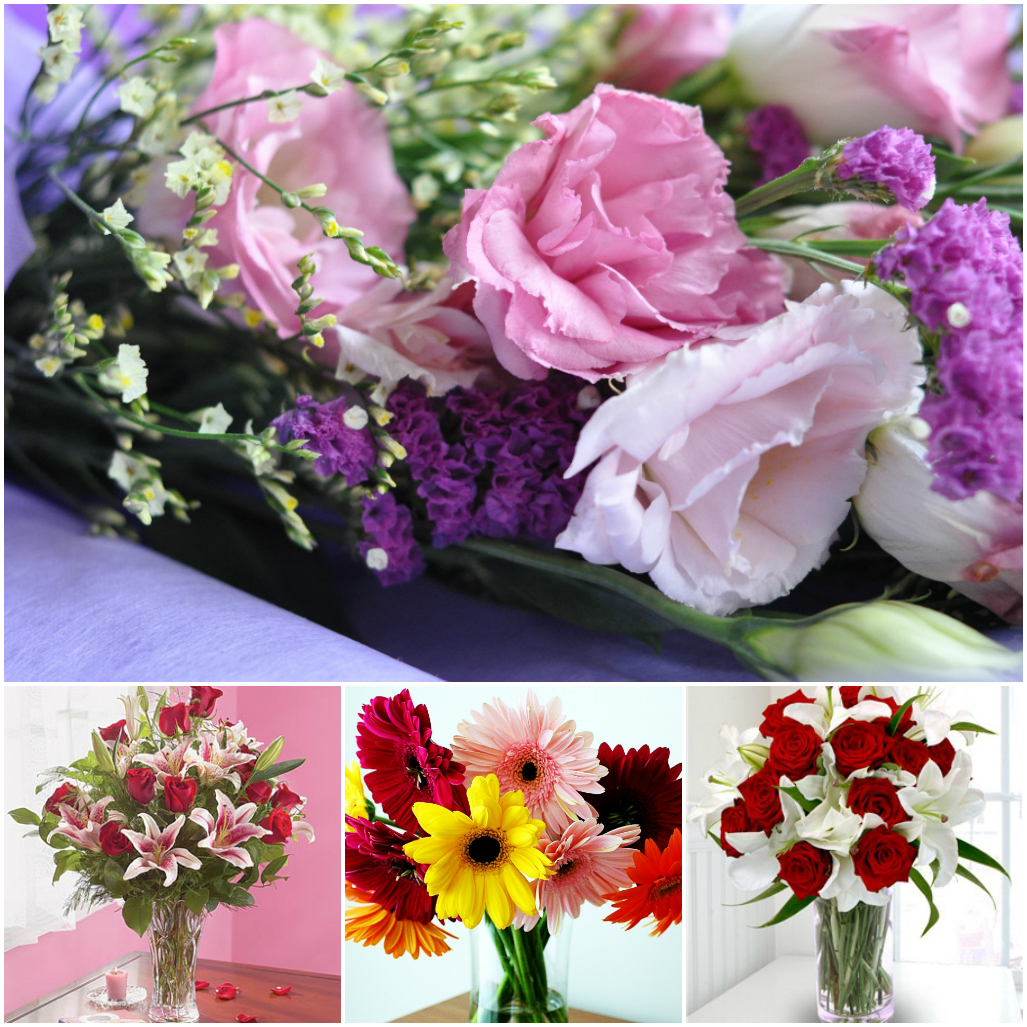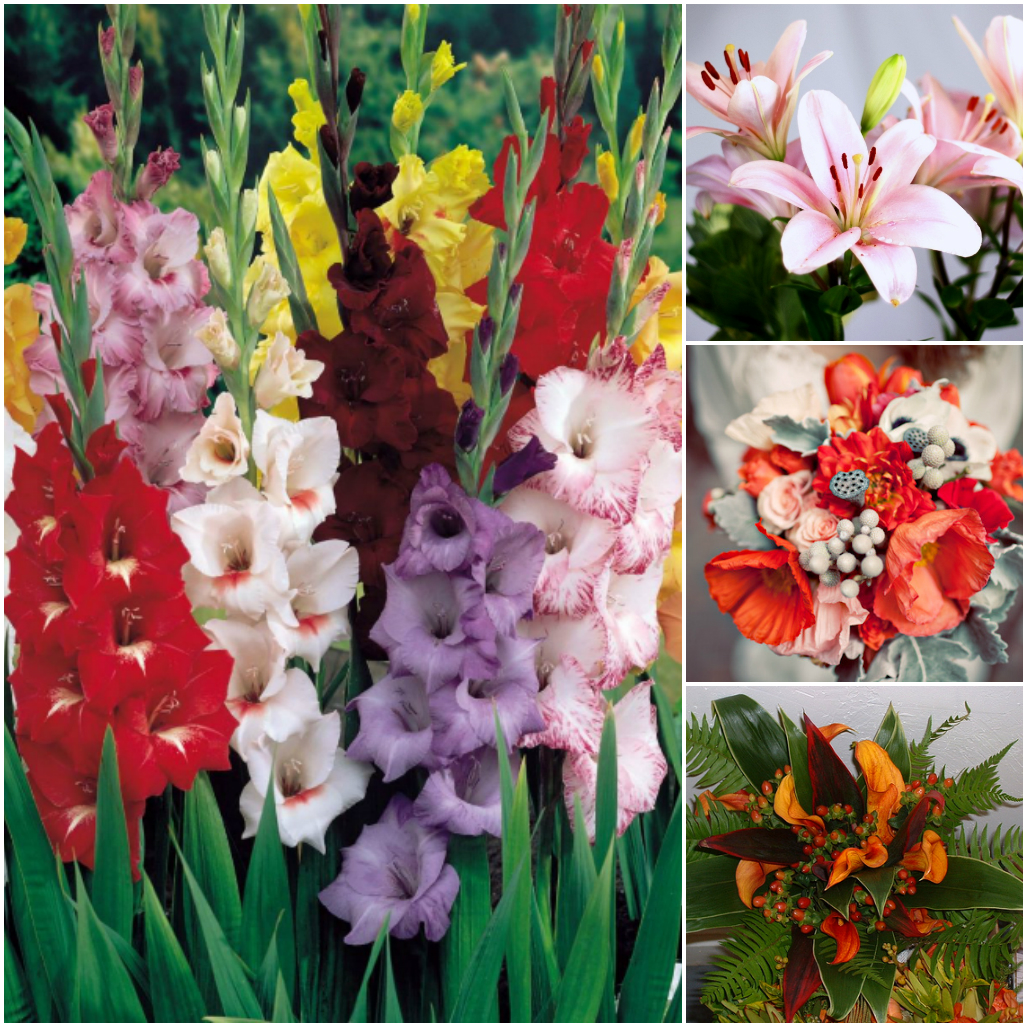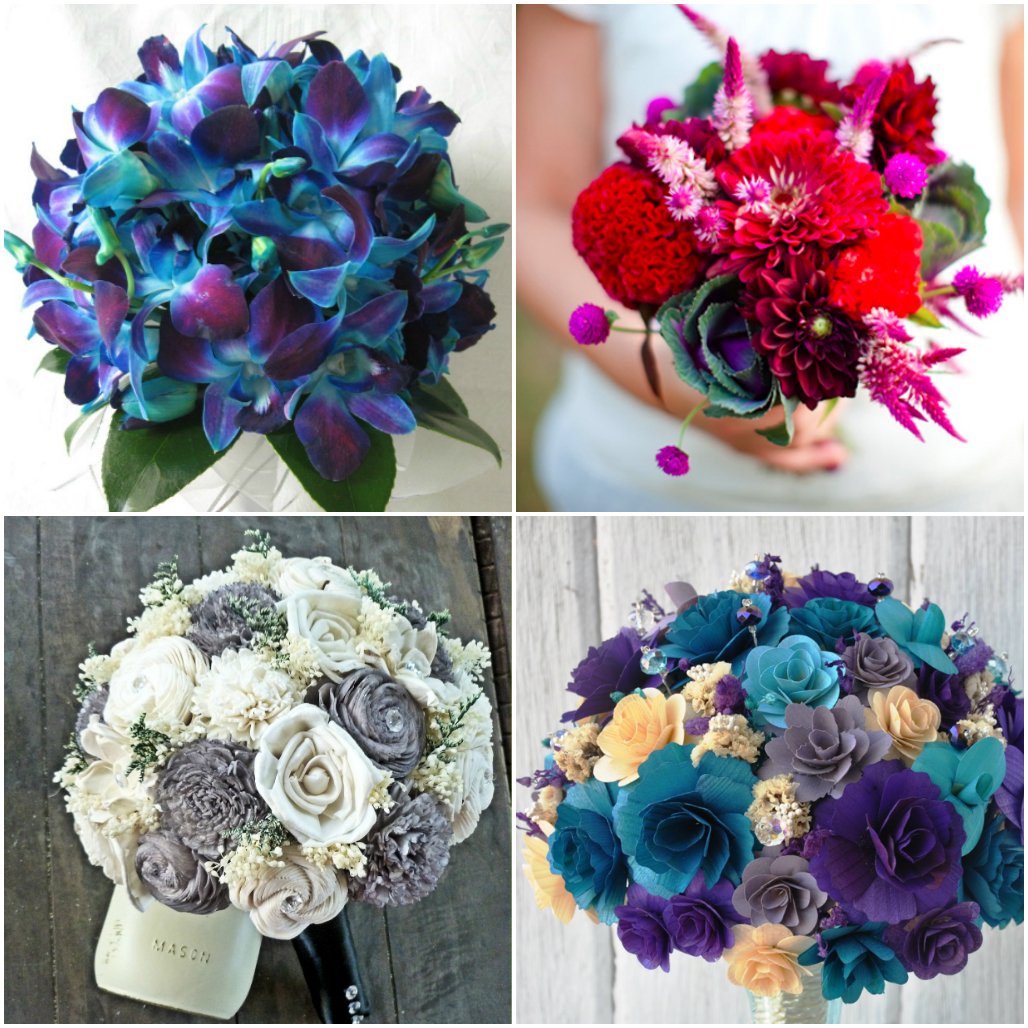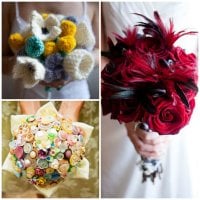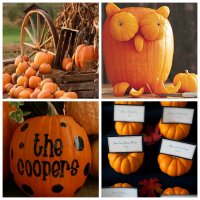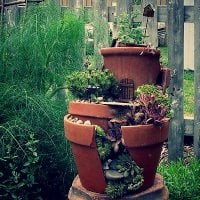What Flowers Are Mostly Used in Bouquets
Nowadays buying flowers is no problem. There are street floral shops literally on every few steps. Counters are full of a wide variety of bouquets from traditional to incredibly bright and lush. It would seem like a perfect opportunity to choose whatever you want. But, unfortunately, it is not. In pursuit of the client many «florists-marketing specialists » try to create a bouquet as strange as possible, just to impress the customer. The laws of the floral composition are often violated by putting together flowers that cannot be mixed.
In this situation, the responsibility falls entirely on you: after all, you will present a bouquet that most likely will wilt after a few hours, because roses will be placed among the many other flowers. As a result you will develop a bad impression if your live present appears to be simply clumsy or inharmonious.
Rules of a "competent" bouquet
In order to prevent such incidents, it is important to know, what flowers can be combined in compositions. As it was already told, roses are very whimsical and do not tolerate the proximity with other plants. However there are some exceptions from this rule. In particular, it is a bridal bouquet. By tradition it can be white, pale yellow, light pink or gentle-green shades. What flowers does a wedding bouquet consist of? There are two most popular combinations: roses and lilies or chrysanthemums and eustoma. As the term of life of this bouquet, this small symbol of love, freshness and beauty is only one day, it is possible "to settle" the queen of flowers with other plants.
If you want to make a beautiful floral composition with your own hands, it is worth remembering what flowers in bouquets aren't combined with each other. This will help you to avoid annoying errors. So, you should not combine:
What flowers are collected in bouquets
Florists have noticed some good combinations:
- lilies look good with phlox and Siberian irises;
- chrysanthemum "make friends" with hydrangeas, lilies and a fern;
- in addition to beautiful gladiolus you can add poppy flowers, eucalyptus leaves or yarrow. Besides, in many cases the snag will become a successful ornament.
Besides "the personal relations" of plants with each other, there still are their colors and saturation. It is even more important to consider this factor, and at the same time it is more difficult. For example, you will not be able to create harmonious composition with bright flowers in combination with the pastel. When composing one shade plants, owners of more saturated colors should be located below the lighter ones.
Bright red flowers mix well with white, but this range is required to be "diluted", for example, with lush greenery. If such is not the easy way for you to add to the ensemble plants cream or silver-gray color. If such easy ways are not for you, add a plant of cream or silver-gray coloring.
The dominant blue or purple flowers better be shaded by white buds, not greenery, against which "main characters" will absolutely be lost. In addition, this universal color comes to rescue if the bouquet contains buds that do not go together very well: it will improve the overall impression. However don’t be too carried away by white flowers: it is capable of pulling all attention on itself.
Let the bouquets presented by you always be stylish and hint the recipient about your refined taste and attention to details.
-
Alternative bridal bouquets ideasRead full2015-09-14
-
7 Pumpkin Decorating IdeasRead full2015-10-07
-
Garden in Broken Flower PotRead full2015-08-13
-
Where to go on holiday in ItalyRead full2015-06-01
-
How to prepare for Valentine's DayRead full2017-01-27
